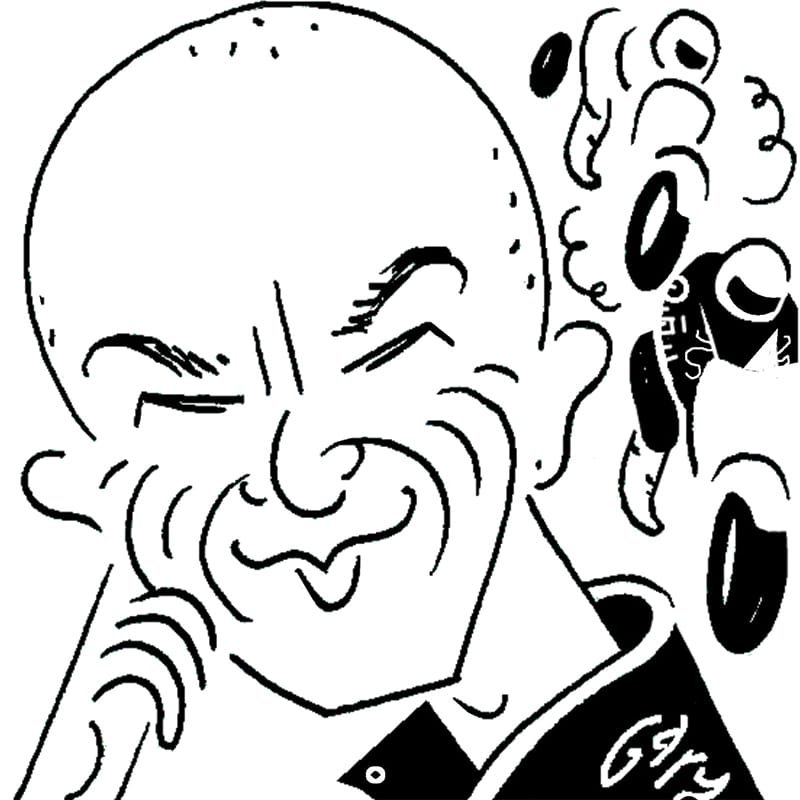“It’s a dilemma – how to create super-close racing with fewer casualties”
Motorcycle racing has a problem. The smallest categories in the sport’s two major championships – MotoGP and World Superbike – are causing a worrying number of fatalities.
During the past two seasons there have been four deaths – two in MotoGP’s Moto3 class (for 250cc four-stroke grand prix bikes) and two in WSB’s World Supersport 300 class (for small-capacity road bikes) – all in the same circumstances: a rider falls in the middle of the pack and is hit by following motorcycles.
The root cause of this situation is a fundamental change of direction taken by Dorna – owner of both championships – more than a decade ago, following the financial crisis.
Dorna and its associates – the FIM, teams association IRTA and the MSMA manufacturers group – created new categories and new technical rules that would simultaneously reduce costs and create closer racing, thereby attracting more fans and increasing income.
There’s no doubt that this new direction made all kinds of sense but the unintended consequence is large packs of riders on motorcycles of near-identical performance circulating together lap after lap. It’s not unusual to see 15-20 riders together, centimetres apart, as they fight to find an advantage.
Watching these races is both thrilling and terrifying, because while the action can be hugely entertaining we now know how easily things can go very wrong.
The most recent fatality was 22-year-old Dutchman Victor Steeman, who died following an accident during October’s WSSP300 race at Portimão, Portugal. His mother died of a heart attack two days later. Thirteen months earlier the WSSP300 class claimed its first victim: 15-year-old Spaniard Dean Berta Viñales, who lost his life at Jerez, Spain.
In July 2021, 14-year-old Spaniard Hugo Millán died at Aragon MotorLand, Spain, during a European Talent Cup Moto3 race, part of Dorna’s Road to MotoGP programme. Two months before that 19-year-old Frenchman Jason Dupasquier was killed at Mugello, during qualifying for the Italian round of the Moto3 world championship.
All these riders fell and were hit by chasing motorcycles, whose riders were too close to take avoiding action.
The age of Viñales and Millán is another concern. It has been partially addressed by Dorna, which has increased the minimum age for all three championships: to 14 for Road to MotoGP events and to 18 for WSSP300. In my opinion, 14 is still far too young to ride a grand prix motorcycle capable of close to 150mph. After all, why should riders aged 14 be allowed to race Moto3 bikes in junior events, while they must be 18 to race Moto3 bikes in GPs?
The real tragedy of these deaths is that after four decades of never-ending work to make top-class motorcycle racing less risky, through safer circuits, better riding gear and improved medical facilities, many of these improvements have been nullified by a type of accident that was once relatively unusual.
In the old days riders rarely rode in large packs, because the difference in performance between their machines was greater, but closer racing gets more people turning on their TVs…
“All these riders fell and were hit by chasing motorcycles”
The other tragedy is the inevitability of more deaths, because there will always be crashes when riders are trying to win, and if their rivals are too close to avoid them, death or serious injury will be the result. This is one of the fundamental differences between car and motorcycle racing: however safe you make the racetracks so that drivers and riders stay clear of the guardrail, riders are largely unprotected if they’re hit by rivals’ machines. And how can a rider be protected from a 200kg mass, travelling at, say, 100mph? It’s a dilemma for Dorna and others involved – how to create super-close racing that causes fewer fatalities.
The Moto3 world championship requires riders to use homologated and sealed engines, randomly distributed, to ensure no one has an advantage. This rule was introduced in 2014, so it’s no surprise that the 10 closest top-15 finishes have been achieved since then, in seven decades of the junior grand prix class, which was once dominated by 125cc two-strokes.
Therefore some people suggest that teams should be allowed to tune their engines, which might break up the pack. Of course this would increase costs, at a time when so many teams are already struggling, and give the richer teams an (even greater) advantage. It might also make the racing more boring, or at least less thrilling, which wouldn’t please Dorna.
Others suggest limiting gear ratios to prevent teams gearing their bikes to take better advantage of slipstream, which can prevent faster riders from breaking away from their track because rivals can draft them and find more top speed to stay with them.
There is talk that Dorna will remove the WSSP300 class from the WSB championship at the end of 2023 and replace it with 650cc twin-cylinder road bikes. The theory is that more powerful bikes are harder to ride and make the slipstream effect less vital, so the packs should be smaller.
However, WSSP300 may remain as part of the European championships, contested by younger riders, which once again doesn’t make sense. Whatever the answer, these problems need fixing, because it’s not acceptable that top-class racing is now as dangerous as it was several decades ago.
Mat Oxley has covered motorcycle racing for many years – and also has the distinction of being an Isle of Man TT winner
Follow Mat on Twitter @matoxley





























































































































































